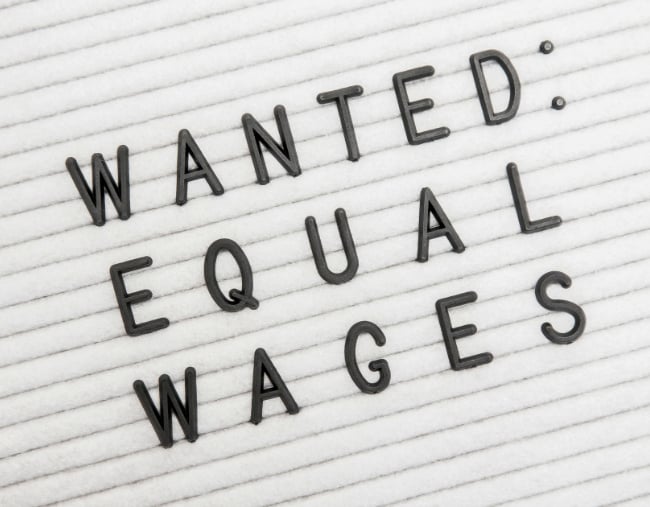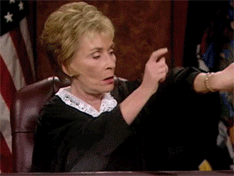
This year’s Equal Pay Day is the earliest its been in 20 years.
Today marks 62 days since the beginning of the new financial year – the number of extra days it takes women to earn the same as their male counterparts.
62 days. That’s two extra months.
So uh, men could’ve just taken the last couple of months off. ¯\_(ツ)_/¯
Australia’s gender pay gap has hit a 20-year low of 14.6 per cent, or a difference of $244.80 per week.
Australian Taxation Office statistics show men out-earn women in more than 1000 occupations, including many of the highest paying industries.
The biggest pay gaps were in medicine, particularly for ear, nose and throat and eye specialists. Men’s taxable incomes averaged more than $300,000 in these jobs.
Orthopaedic surgeons, dermatologists, plastic and reconstructive surgeons, neurosurgeons, cardiologists and cardiothoracic surgeons all had a pay gap of more than $200,000.
By comparison, women earn more than men in just 80 occupations. And some of them are pretty niche.
The six women who listed their occupation as state governors (which includes Aboriginal Community Council members and Aboriginal Land Councillors) earned more than than 19 men in the same occupation.
Female gymnasts, surfers, goat farmers and master fishers (what?) also earned more than their male counterparts.
Workplace Gender Equality Agency (WGEA) Director Libby Lyons told Mamamia while the lowered pay gap means we’re making progress, work is still required.
In 2017 WGEA warned that without significant changes, we’ll still be waiting another 50 years for equal pay.

